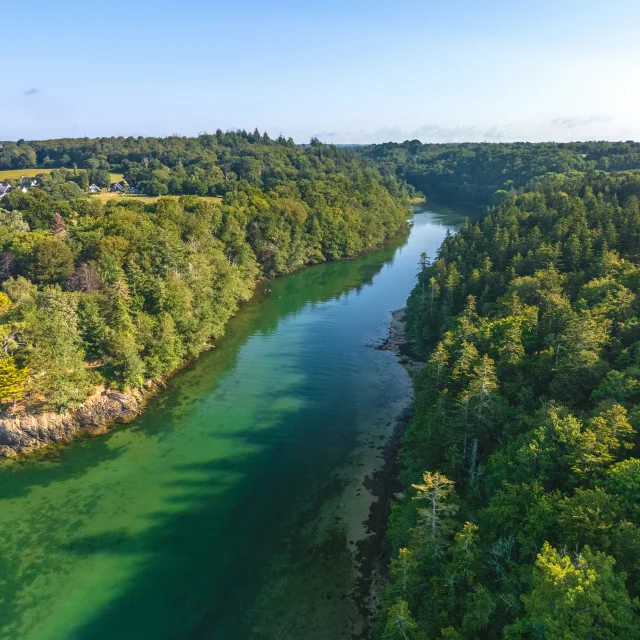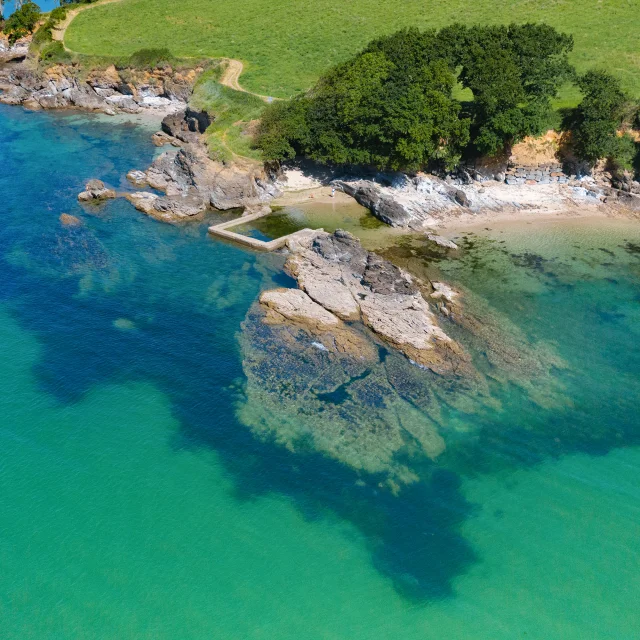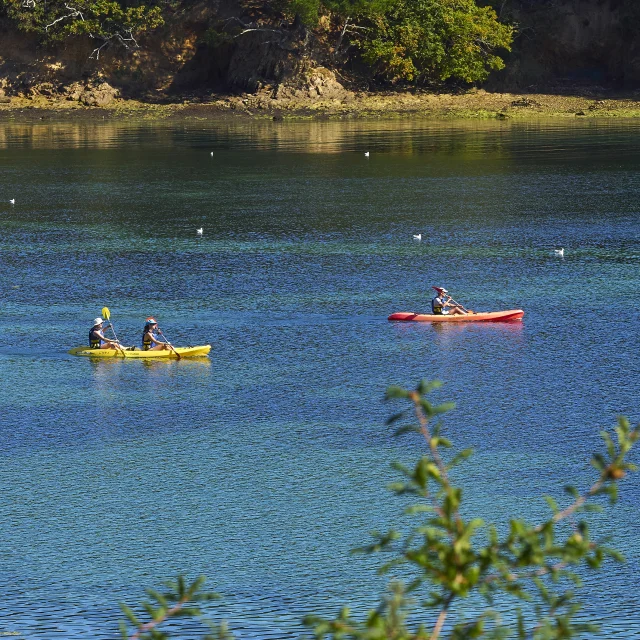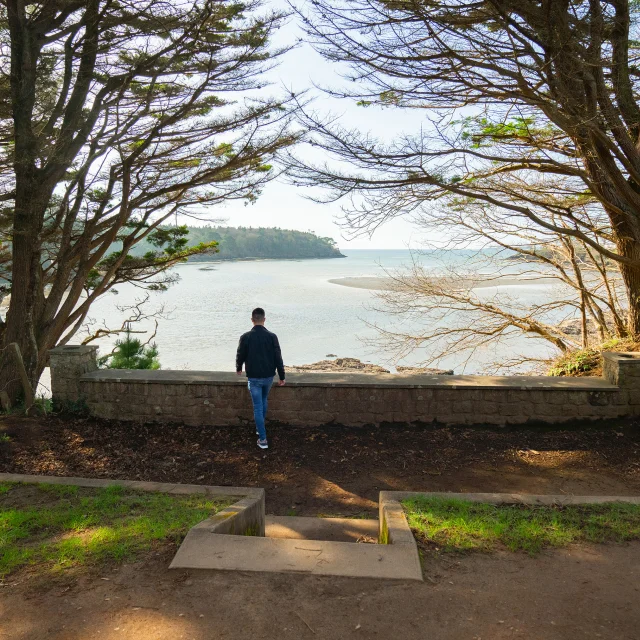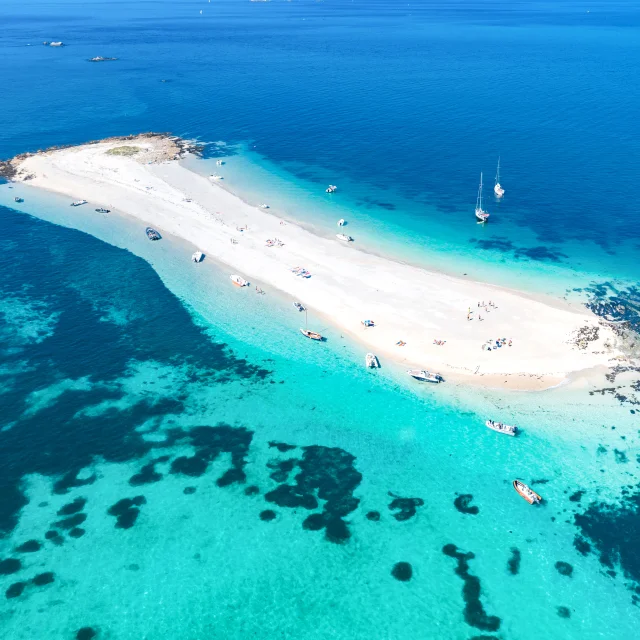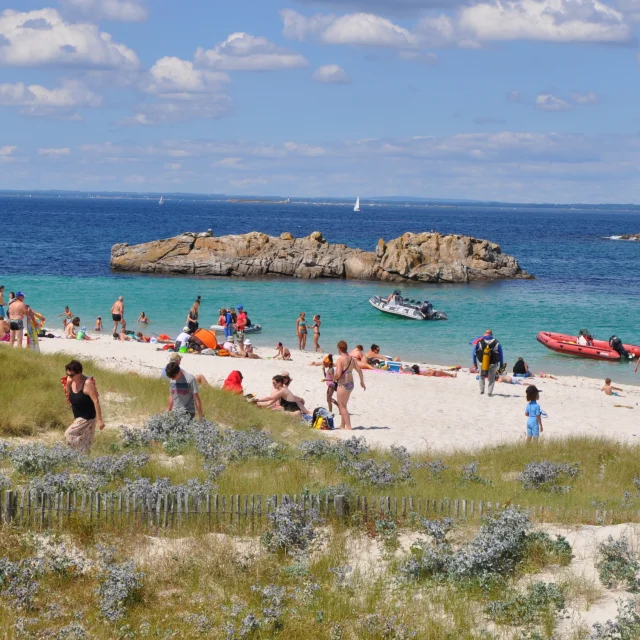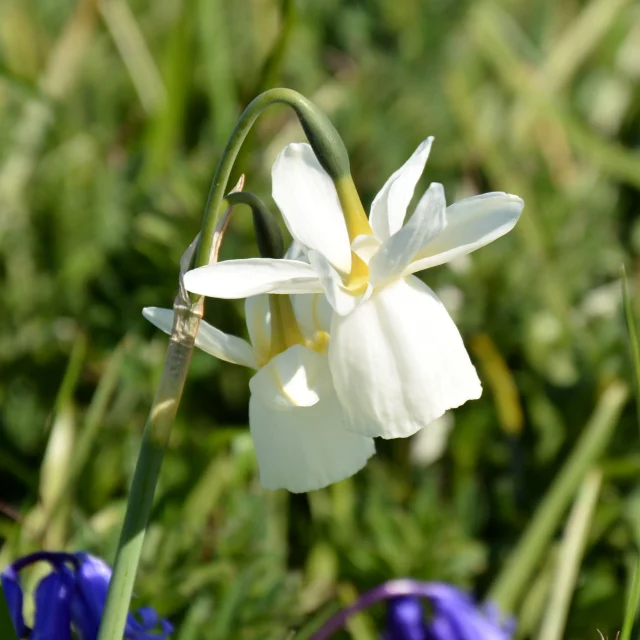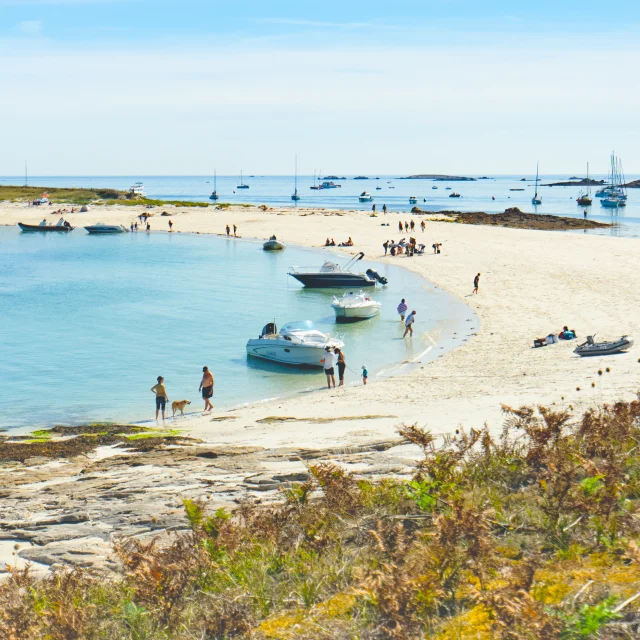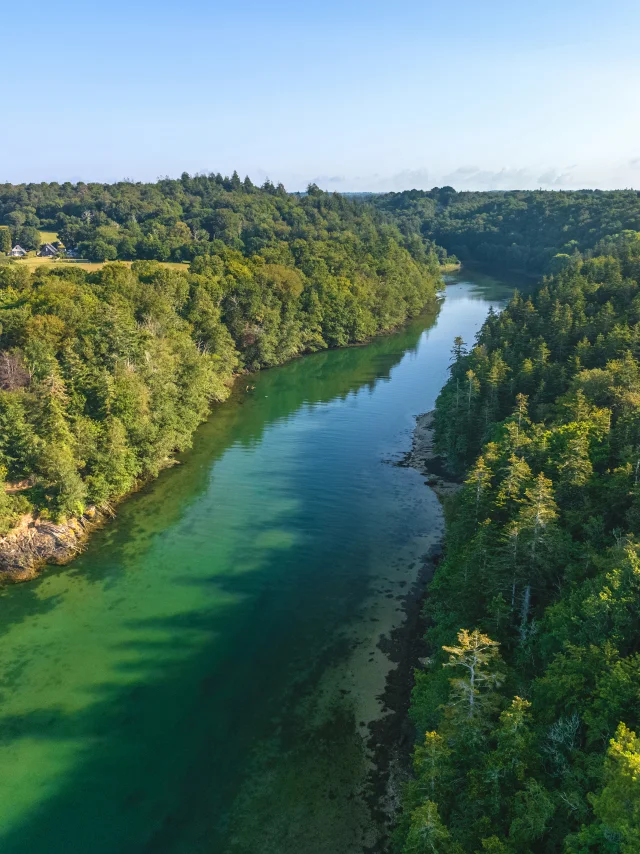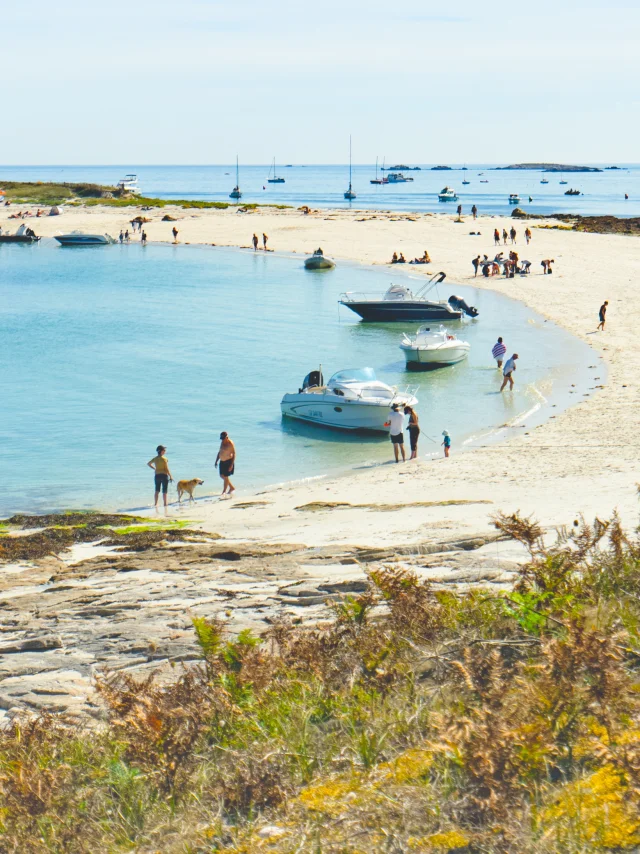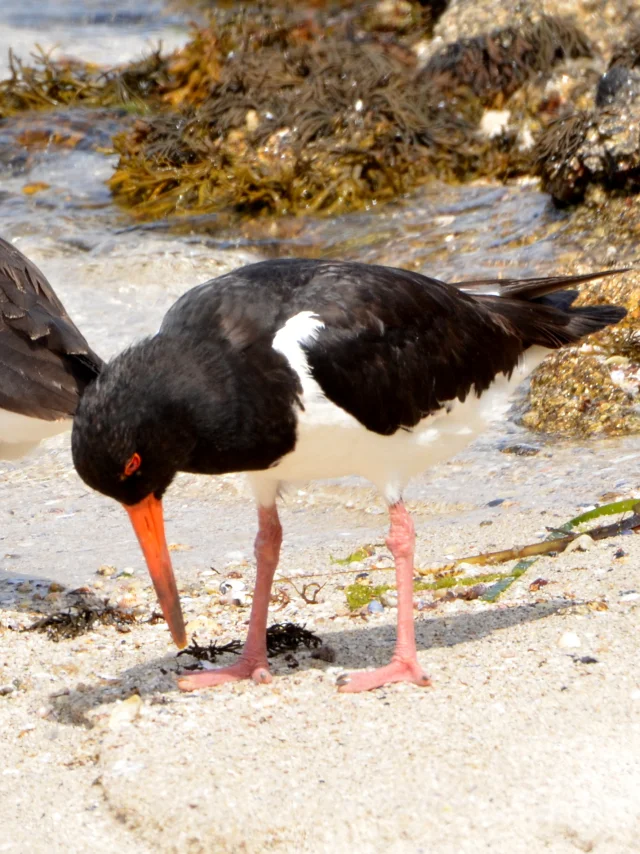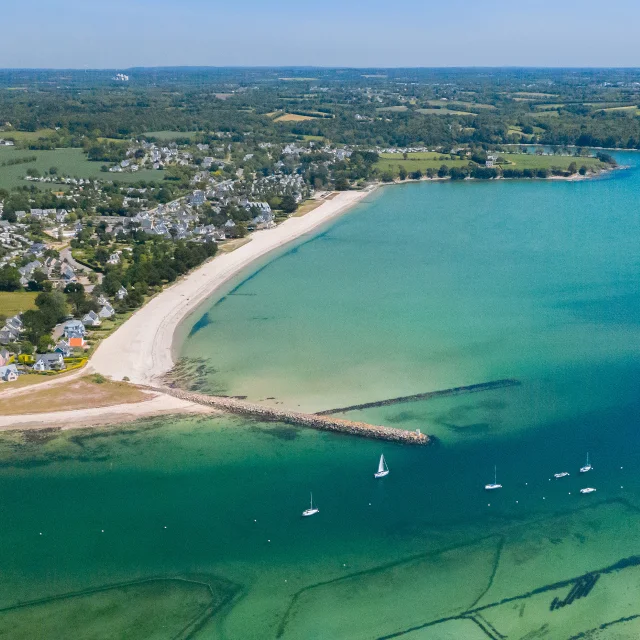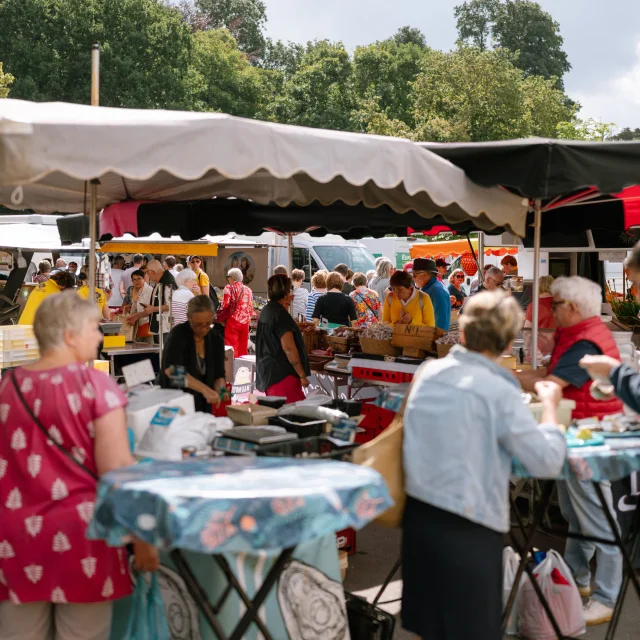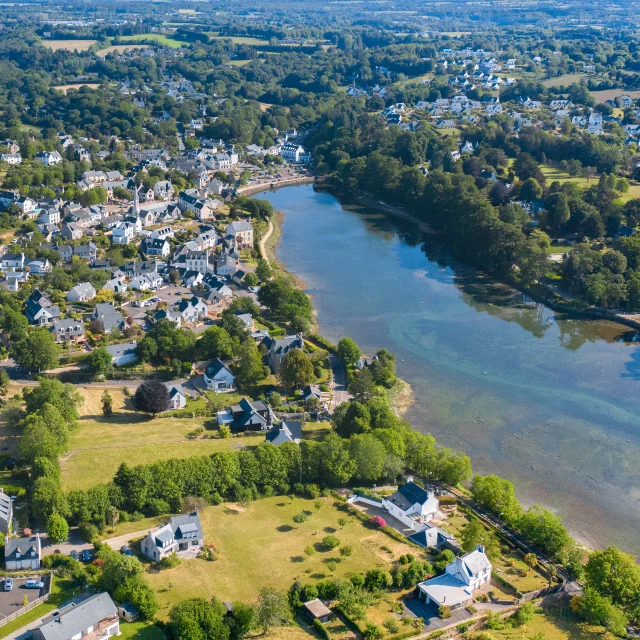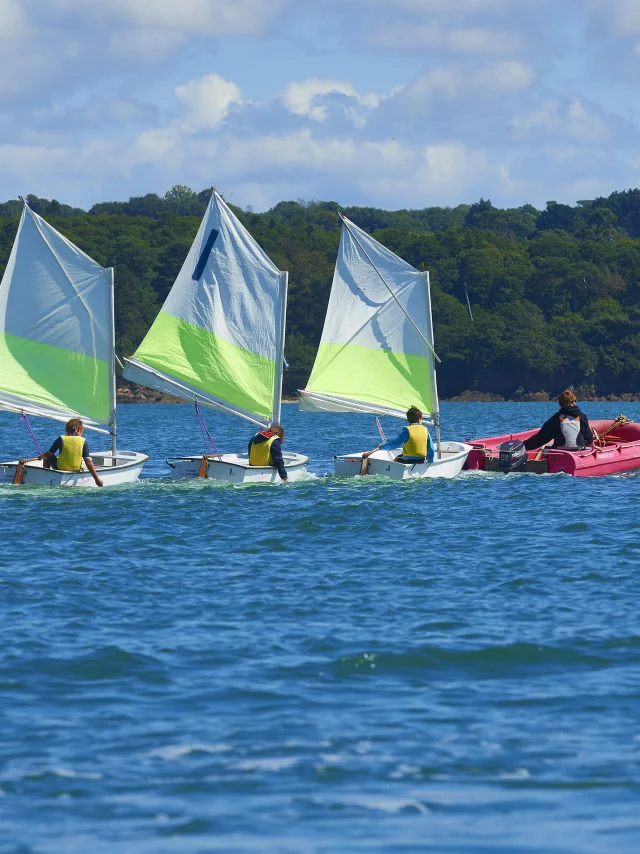
Phenomer project
Phenomer is an exploratory participatory science project that invites citizens to report phenomena of coloured water due to microalgae proliferation.
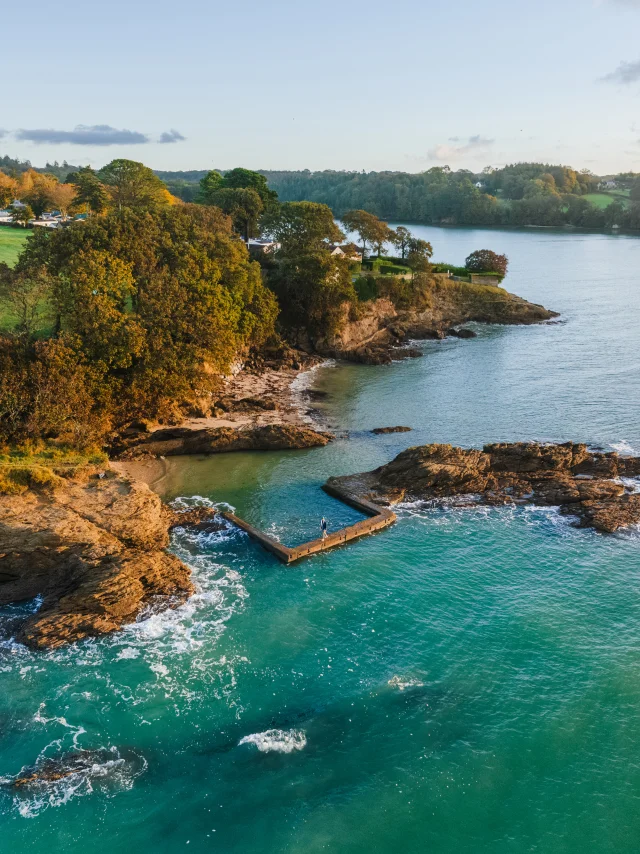 Anse Saint Laurent La Foret Fouesnant Automne Poriel
Anse Saint Laurent La Foret Fouesnant Automne PorielBiolit programme
“BioLit – Coastal Observers” is a participatory science programme based on observing seaside species and sharing information with scientists.
The tourist office, in partnership with Nature en Expériences, is organising nature outings called “Les Petits explorateurs du Bord de mer” (dates available in the diary).
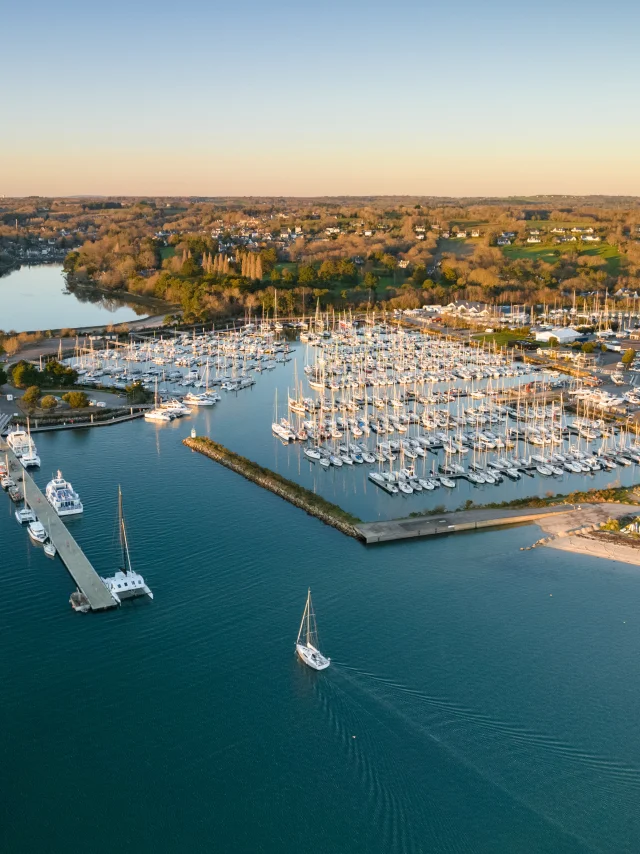 Port La Foret Plaisance Hiver Foret Fouesnant Poriel
Port La Foret Plaisance Hiver Foret Fouesnant PorielAlamer protocol
Supported by the Natural History Museum, the ALAMER protocol is designed to monitor the volume and composition of the sea leash, i.e. what the sea leaves behind on the foreshore after high tide.
The Tourist Office, in partnership with Nature en Expériences, organises nature outings (dates available in the diary).
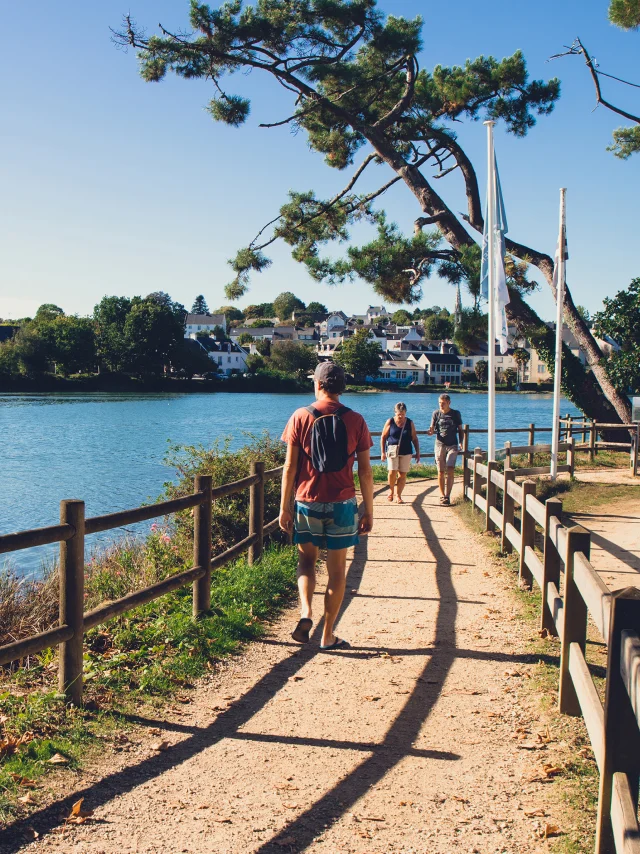
Aire Marine Educative
The Encre Marine school in La Forêt-Fouesnant in partnership with the association La Forêt Verte and the Mairie de La Forêt-Fouesnant.
The tourist office is marketing the set of 7 families created by the pupils as part of the Aire Marine Educative.

